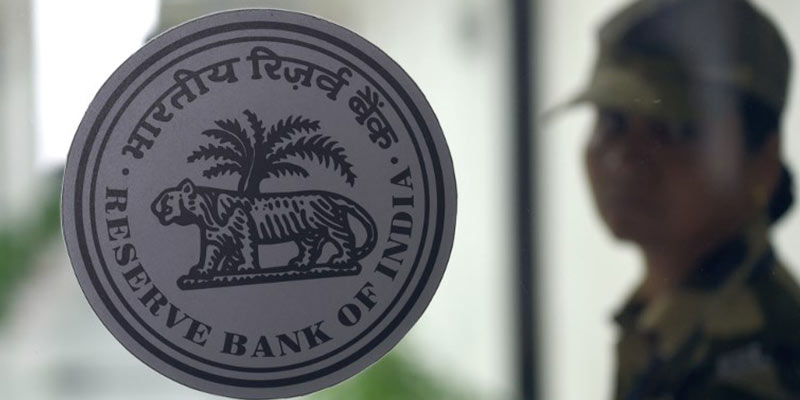- India
- Apr 27
RBI sets draft norms for lending service providers
The Reserve Bank of India (RBI) proposed that lending service providers (LSPs), acting as agents of banks, should give information on all the loan offers available with them to borrowers so that they can make an informed decision.
What is a lending service provider?
• Lending service provider (LSP) is an agent of a regulated entity (RE) who carries out one or more of lender’s functions or part thereof in customer acquisition, underwriting support, pricing support, servicing, monitoring, recovery of specific loan or loan portfolio on behalf of regulated entitities in conformity with extant outsourcing guidelines.
• Many of the LSPs offer aggregation services for loan products.
• The RBI had announced to issue a draft framework saying connected lending or lending to persons who are in a position to control or influence the decision of a lender can be of concern, if the lender does not maintain an arm’s length relationship with such borrowers.
• Such lending can involve moral hazard issues, leading to a compromise in pricing and credit management.
• In such cases, particularly where an LSP has arrangements with multiple lenders, the identity of the potential lender to the borrower may not be known upfront to the borrower.
• The Reserve Bank’s draft circular on ‘Digital Lending - Transparency in Aggregation of Loan Products from Multiple Lenders’ proposed that the LSP should provide a digital view of all the loan offers available to the borrower, as per his/her requirements, from all willing lenders with whom the LSP has arrangements with.
• While the LSP may adopt any mechanism to ascertain the willingness of the lenders to offer a loan, it shall follow a consistent approach in this regard, which shall be disclosed suitably on their website.
The growth of digital lending
• Digital lending is a remote and automated lending process, largely by use of seamless digital technologies for customer acquisition, credit assessment, loan approval, disbursement, recovery, and associated customer service.
• Technological innovations have led to marked improvements in efficiency, productivity, quality, inclusion and competitiveness in extension of financial services, especially in the area of digital lending.
• However, there have been unintended consequences on account of greater reliance on third-party lending service providers mis-selling to the unsuspecting customers, concerns over breach of data privacy, unethical business conduct and illegitimate operations.
• While the current share of digital lending in the overall credit pie of the financial sector is not significant for it to affect financial stability, the growth momentum has compelling stability implications.
• It is believed that ease of accessing digital financial services, technological innovations and cost-efficient business models will eventually lead to meteoric rise in the share of digital lending in the overall credit.
• The world has been talking about Bank 4.0 since 2014 indicating the arrival of the fourth generation in evolution of financial services comprising fintech, online/mobile banking, virtual global market and questioning the sustainability of conventional banking.
• As has been seen during the pandemic-led growth of digital lending, unbridled extension of financial services to retail individuals is susceptible to a host of conduct and governance issues.
• Mushrooming growth of technology companies extending and aiding financial services has made the regulatory role more challenging. In view of the ease of scalability, anonymity and velocity provided by technology, it has become imperative to address the existing and potential risks in the digital lending ecosystem without stifling innovation.
• Digital lending is one of the most prominent off-shoots of fintech in India.
• In India, the digital lending ecosystem is still evolving and presents a patchy picture. While banks have been increasingly adopting innovative approaches in digital processes, NBFCs have been at the forefront of partnered digital lending.
Regulatory framework for digital lending
• The RBI is statutorily mandated to operate the credit system of the country to its advantage. In this endeavour, the RBI has encouraged innovation in the financial system, products and credit delivery methods while ensuring their orderly growth, preserving financing stability and ensuring protection of depositors’ and customers’ interest.
• Recently, innovative methods of designing and delivery of credit products and their servicing through digital lending route have acquired prominence.
• However, certain concerns have also emerged which, if not mitigated, may erode the confidence of members of the public in the digital lending ecosystem.
• The concerns primarily relate to unbridled engagement of third parties, mis-selling, breach of data privacy, unfair business conduct, charging of exorbitant interest rates, and unethical recovery practices.
• In September 2022, the RBI issued guidelines to all lenders including banks to protect the data of borrowers using digital lending apps from being misused.
Manorama Yearbook app is now available on Google Play Store and iOS App Store

